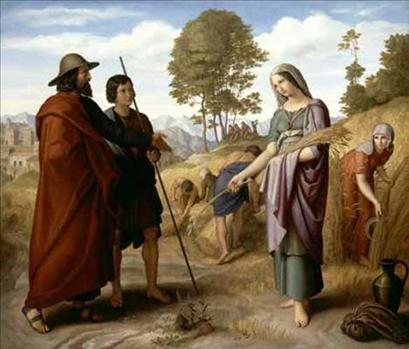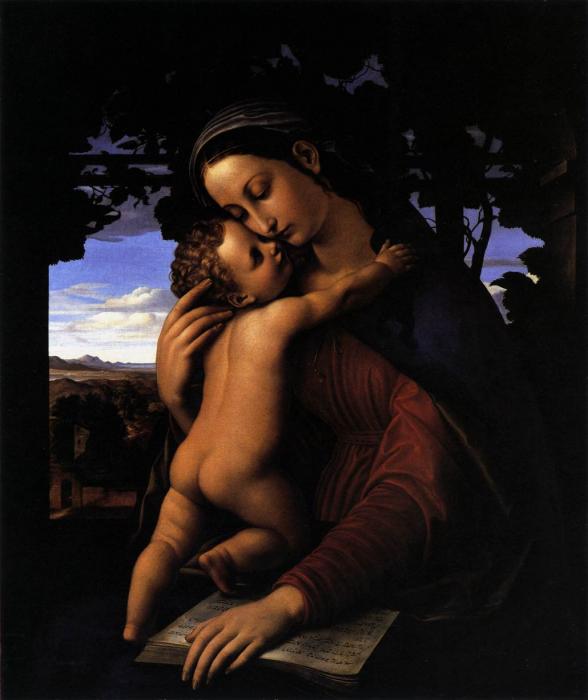Julius Schnorr von Carolsfeld (1794 -1872)
Get a Schnorr Certificate of Authenticity for your painting (COA) for your Schnorr drawing.
For all your Schnorr artworks you need a Certificate of Authenticity (COA) in order to sell, to insure or to donate for a tax deduction.
Getting a Schnorr Certificate of Authenticity (COA) is easy. Just send us photos and dimensions and tell us what you know about the origin or history of your Schnorr painting or drawing.
If you want to sell your Schnorr painting or drawing use our selling services. We offer Schnorr selling help, selling advice, private treaty sales and full brokerage.
We have been authenticating Schnorr and issuing certificates of authenticity since 2002. We are recognized Schnorr experts and Schnorr certified appraisers. We issue COAs and appraisals for all Schnorr artworks.
Our Schnorr paintings and drawings authentications are accepted and respected worldwide.
Each COA is backed by in-depth research and analysis authentication reports.
The Schnorr certificates of authenticity we issue are based on solid, reliable and fully referenced art investigations, authentication research, analytical work and forensic studies.
We are available to examine your Schnorr painting or drawing anywhere in the world.
You will generally receive your certificates of authenticity and authentication report within two weeks. Some complicated cases with difficult to research Schnorr paintings or drawings take longer.
Our clients include Schnorr collectors, investors, tax authorities, insurance adjusters, appraisers, valuers, auctioneers, Federal agencies and many law firms.
We perform Julius Schnorr art authentication, appraisal, certificates of authenticity (COA), analysis, research, scientific tests, full art authentications. We will help you sell your Julius Schnorr or we will sell it for you.

Julius Schnorr von Carolsfeld was aGerman painter. Schnorr was born at Leipzig, where he received his earliest instruction from his father Johann Veit Schnorr (1764-1841), a draughtsman, engraver and painter.

At seventeen he entered the Academy of Vienna, from which Johann Friedrich Overbeck and others who rebelled against the old conventional style had been expelled about a year before. In 1818 he followed the founders of the new artistic brotherhood, the Nazarene movement in their pilgrimage to Rome. This school of religious and romantic art abjured modern styles and reverted to and revived the principles and practice of earlier periods. At the outset an effort was made to recover fresco painting and monumental art, and Schnorr found opportunity of proving his powers, when commissioned to decorate with frescoes, illustrative of Ariosto, the entrance hail of the Villa Massimo, near the Lateran. His fellow-laborers were Cornelius, Overbeck and Veit.

His second period dates from 1825, when he left Rome, settled in Munich, entered the service of King Ludwig, and transplanted to Germany the art of wall-painting learnt in Italy. He showed himself qualified as a sort of poet-painter to the Bavarian court; he organized a staff of trained executants, and set about clothing five halls in the new palace with frescoes illustrative of the Nibelungenlied. Other apartments his prolific pencil decorated with scenes from the histories of Charlemagne, Frederick Barbarossa and Rudolph of Habsburg. These interminable compositions are creative, learned in composition, masterly in drawing, but exaggerated in thought and extravagant in style.

Schnorr’s third period is marked by his biblical illustrations. The artist was a Lutheran, and took a broad and un-sectarian view which won for his Pictorial Bible ready currency throughout Christendom. Frequently the compositions are crowded and confused, wanting in harmony of line and symmetry in the masses; thus they suffer under comparison with Raphael’s “Bible”. The style is severed from the simplicity and severity of early times, and surrendered to the florid redundance of the later Renaissance. Yet throughout are displayed fertility of invention, academic knowledge with facile execution. Biblical drawings and cartoons for frescoes formed a natural prelude to designs for church windows.

The painter’s renown in Germany secured commissions in Great Britain. Schnorr made designs, carried out in the royal factory, Munich, for windows in Glasgow cathedral and in St Paul’s Cathedral, London. This Munich glass provoked controversy: medievalists objected to its want of luster, and stigmatized the windows as colored blinds and picture transparencies. But the opposing party claimed for these modern revivals the union of the severe and excellent drawing of early Florentine oil-paintings with the coloring and arrangement of the glass-paintings of the latter half of the 16th century.
Schnorr died at Munich in 1872. His brother Ludwig Ferdinand (1789-1853) was also a painter. Still wondering about a 19th century painting in your family collection? Contact us…it could be by Julius Schnorr von Carolsfeld.
Reviews
1,217 global ratings
5 Star
4 Star
3 Star
2 Star
1 Star
Your evaluation is very important to us. Thank you.
